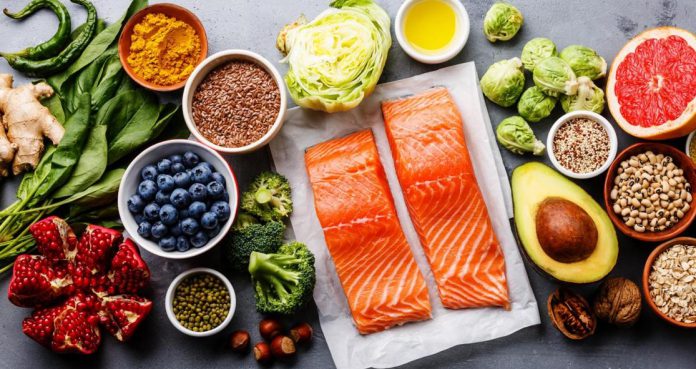In 2016, physicians in Flint, Michigan started to work on the American health crisis by providing children food prescriptions of fruits and vegetables.
Children above the age of six months, who visited the Hurley Children’s Center in Flint, were qualified to redeem a $15 food prescription.
Nutritious food is the best medicine. If young Americans want to grow up healthy, they must start eating healthily.
Public health officials and a team of physicians say that it is high time for Americans to start receiving food prescriptions along with drug prescriptions on a national scale.
“Cost-effectiveness of financial incentives for improving diet and health through Medicare and Medicaid.”
On Wednesday, a study was published in PLOS Medicine, a peer-reviewed weekly medical journal, has provided convincing evidence for the provision of food prescription and subsidies through Medicare and Medicaid.
In the first model, the U.S. federal health insurers would cover around 30 percent of the costs of only fruits and vegetables. In the second model, they would cover 30 percent of the cost of purchases of whole grains, nuts, seeds, seafood, and plant oils, along with fruits and vegetables.
The first model could prevent approximately 1.9 million cardiovascular events, say researchers. And it would save about $40 billion in health-care costs.
The second model that incorporates more healthy foods would save more lives. It could prevent 3.2 million cardiovascular events. Also, it could prevent 120,000 thousand diabetes cases and save $100 billion in health-care costs.
Yujin Lee, the study author and a researcher at Tufts University, said, “The fruit and vegetable program has been implemented through some nonprofit and private insurance programs, showing an increased intake of fruits and vegetables and an improvement in measurable outcomes such as [the ingestion of] glucose, cholesterol, and triglycerides. However, programs like these have not been implemented at scale, nor evaluated for cost-effectiveness.”
The typical American diet has been found to exceed the daily recommended levels of calories from sugars and fats. It also does not include the recommended amounts of fruits, vegetables, and whole grains. In the U.S., more than 78 million adults and 12.5 million children and teenagers are obese.
It is a well-known fact that eating healthily reduces the risk of developing lifestyle diseases, which threaten lives and place a financial burden on the health-care system.
Lee explained, “Diet-related diseases are major contributors to healthcare expenditures. Our findings suggest that prescribing healthy foods could be highly cost-effective — about as cost-effective as preventative drug treatments for hypertension or high cholesterol.”
The researchers wrote, “Implementing healthy food prescriptions within large government healthcare programs to promote healthier eating could generate substantial health gains and be highly cost-effective. Our findings support the implementation and evaluation of such programs within private and public healthcare systems.” As this study points out what would happen if Medicare and Medicaid are involved, Americans will soon be able to see whether food prescriptions will help.























